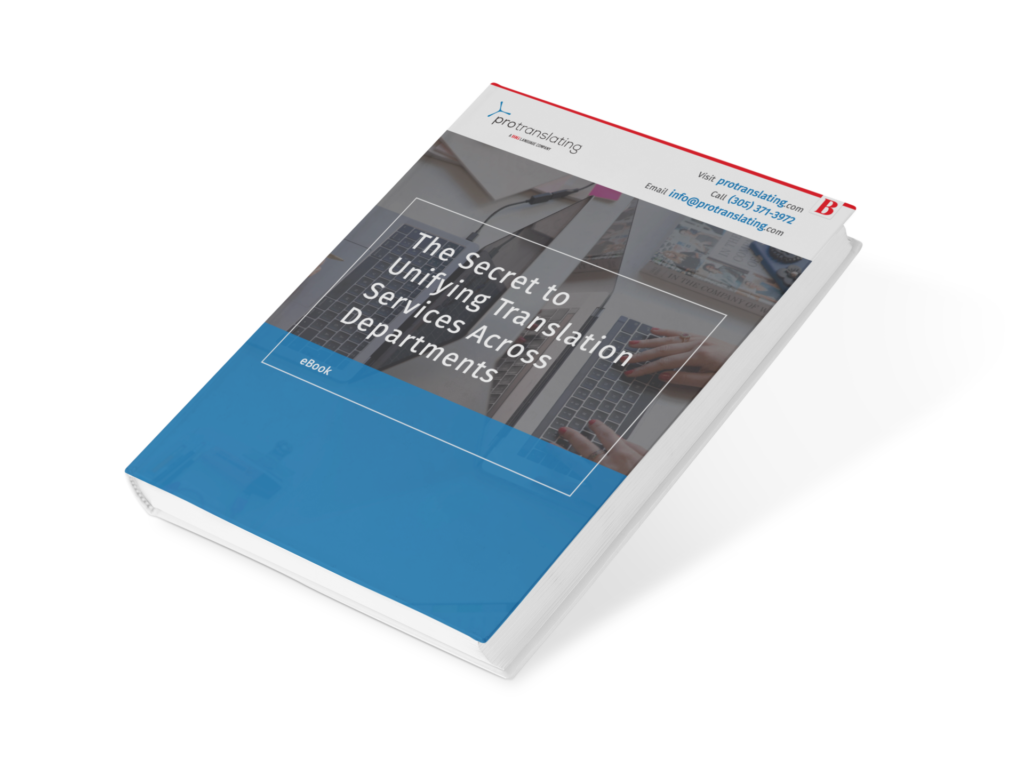
Articulate Rise 360 hasn’t achieved the same scale of adoption as more established eLearning authoring tools like Camtasia and Adobe Captivate, but the development platform is quickly gaining popularity for its speed, simplicity, and sleek course designs.
While this simplicity comes with certain limitations, businesses are finding value in using Articulate Rise as a supplemental authoring tool that can build smaller eLearning modules. One popular example is microlearning experiences, which can be used to reinforce key concepts and information taught through more in-depth eLearning modules that deliver core learning through a storyline.
Even if you’re happy with your current eLearning authoring tools, the advantages of Rise may offer value to your organization, despite the limitations that come with this simplified authoring approach. Here’s an overview of what makes Rise unique from other authoring tools on the market.
Drag-and-drop, browser-based authoring
Rise makes authoring as simple as possible with drag-and-drop design and editing. Unlike the larger learning curve required with other eLearning authoring tools, Rise makes it easy for users to step in and quickly start building eLearning courses through pre-built elements that can be plugged in to your custom module.
Rise uses a blocks-based approach to module design, which means that pre-developed elements can be combined together and rearranged to create unique learning experiences that require a short development cycle. Thanks to this streamlined authoring, Rise authors can build eLearning modules faster than most other leading authoring platforms.
Articulate Rise is also available as a browser-based tool, which makes it more accessible to course-builders all around the world. No software downloads are required, and software compatibility isn’t an issue. Both Mac and PC users can easily access Rise through their browser and take full advantage of its suite of authoring capabilities.
A professional look for your eLearning modules
Drag-and-drop editing enables a visually impressive end-user experience. Because modules are pre-built, Rise courses are able to achieve a professional appearance even while development timelines are reduced.
Rise is known for producing eLearning courses that are visually stunning, minimalist in design, and well-organized to maximize end user engagement. This quality appearance supports your own brand’s reputation while also positioning course-takers for better learning experiences, and even better retention of what they’ve been taught.
Responsive design
When building an eLearning course, responsiveness is key. Most businesses should expect modules to be deployed across a wide range of operating systems and screen sizes—especially if your eLearning courses are targeted to international audiences.
Responsive design is an essential feature that ensures a consistent experience across every kind of device, whether desktop or mobile. This is an area of performance where Rise shines above much of its competition, since the pre-built, drag-and-drop design capabilities are supportive of responsive design.
Easy access to interactive elements
The pre-built blocks offered by Rise include a number of different interactive blocks, all of which can be integrated into your eLearning course. Possible options include scenario blocks, accordion blocks, and blocks to support sorting, flash cards, storylines, graphic learning, and a number of other interactive styles.a
Disadvantages of Rise: Limited customization, poor language support
For all of the benefits that come with Articulate Rise, the authoring tool also comes with certain limitations that may impact the platform’s value to your business. While the drag-and-drop design functionality enables beautiful eLearning course experiences, those rigid elements also restrict customization opportunities. Certain modules may not be editable to meet your specific needs, which can limit the value of this authoring tool in some use cases.
Rise also brings some challenges when it comes to translating eLearning courses into other languages. For example, the platform doesn’t read right-to-left languages such as Arabic and Hebrew, which can limit the value of this authoring tool for businesses creating content for an international audience.
In some cases, Rise’s limited language support can be addressed by working with a language service provider (LSP) that offers software integrations to export linguistic data and localize Rise-built modules for other languages. At Protranslating, our translation and localization services can rewrite a Rise course into right-to-left reading languages, creating additional value and use from your Rise-built courses.
Looking for an LSP to translate your courses into other languages? We can help with that—contact Protranslating today to find out how.
how can we help?
Do you need help with translation, interpretation, or media adaptation? Our team is ready to lend a hand.
Let’s chat







